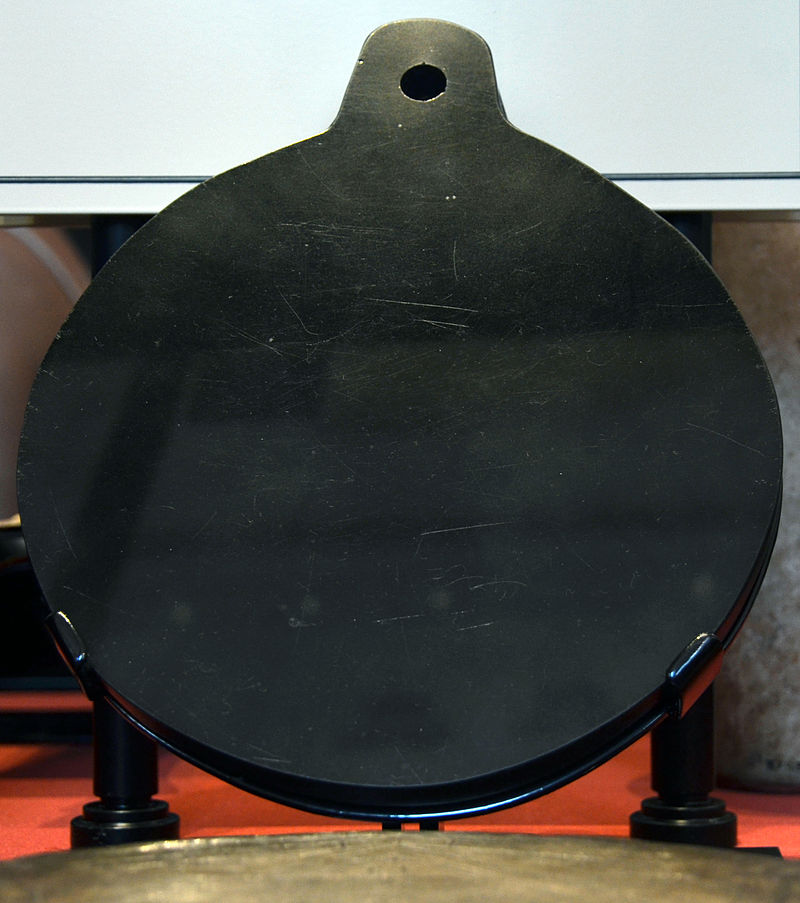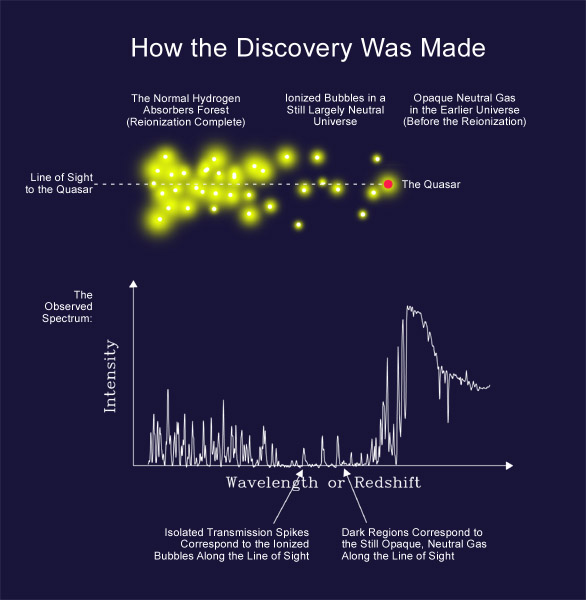https://en.wikipedia.org/wiki/H_II_region wrote:
<<An H II region or HII region is a region of interstellar atomic hydrogen that is ionized. (H is the chemical symbol for hydrogen, and "II" is the Roman numeral for 2. It is customary in astronomy to use the Roman numeral I for neutral atoms, II for singly-ionised—H II is H+ (free protons) in other sciences) It is typically a cloud of partially ionized gas in which star formation has recently taken place, with a size ranging from one to hundreds of light years, and density from a few to about a million particles per cubic cm. The short-lived blue stars created in these regions emit copious amounts of ultraviolet light that ionize the surrounding gas. H II regions—sometimes several hundred light-years across—are often associated with giant molecular clouds.
In H II regions the dominant spectral line has a wavelength of 656.3 nm. This is the well-known H-alpha line emitted by atomic hydrogen. Specifically, a photon of this wavelength is emitted when the electron of a hydrogen atom changes its excitation state from n=3 to n=2. Such state-changes happen very frequently when an electron is captured by an ionised hydrogen atom (a proton), and the electron cascades down from some higher excitation state to n=1. Thus, it was concluded that H II regions consist of a mix of electrons and ionised hydrogen that are constantly recombining into hydrogen atoms.
Such regions may be of any shape, because the distribution of the stars and gas inside them is irregular. They often appear clumpy and filamentary, sometimes showing bizarre shapes. H II regions may give birth to thousands of stars over a period of several million years. In the end, supernova explosions and strong stellar winds from the most massive stars in the resulting star cluster will disperse the gases of the H II region, leaving behind a cluster of stars which have formed, such as the Pleiades.
Spiral and irregular galaxies contain many H II regions, while elliptical galaxies are almost devoid of them. In spiral galaxies, including our Milky Way, H II regions are concentrated in the spiral arms, while in irregular galaxies they are distributed chaotically. Some galaxies contain huge H II regions, which may contain tens of thousands of stars. Examples include the 30 Doradus region in the Large Magellanic Cloud and NGC 604 in the Triangulum Galaxy.
The Orion Nebula, now known to be an H II region, was observed in 1610 by Nicolas-Claude Fabri de Peiresc by telescope, the first such object discovered. William Herschel observed the Orion Nebula in 1774, and described it later as "an unformed fiery mist, the chaotic material of future suns". In early days astronomers distinguished between "diffuse nebulae" (now known to be H II regions), which retained their fuzzy appearance under magnification through a large telescope, and nebulae that could be resolved into stars, now know to be galaxies external to our own. Confirmation of Herschel's hypothesis of star formation had to wait another hundred years, when William Huggins together with his wife Mary Huggins turned his spectroscope on various nebulae.
During the 20th century, observations showed that H II regions often contained hot, bright stars. These stars are many times more massive than the Sun, and are the shortest-lived stars, with total lifetimes of only a few million years (compared to stars like the Sun, which live for several billion years). Therefore, it was surmised that H II regions must be regions in which new stars were forming. Over a period of several million years, a cluster of stars will form in an H II region, before radiation pressure from the hot young stars causes the nebula to disperse. The Pleiades are an example of a cluster which has 'boiled away' the H II region from which it was formed. Only a trace of reflection nebulosity remains.>>.
 Sivan 2 to M31
Sivan 2 to M31

